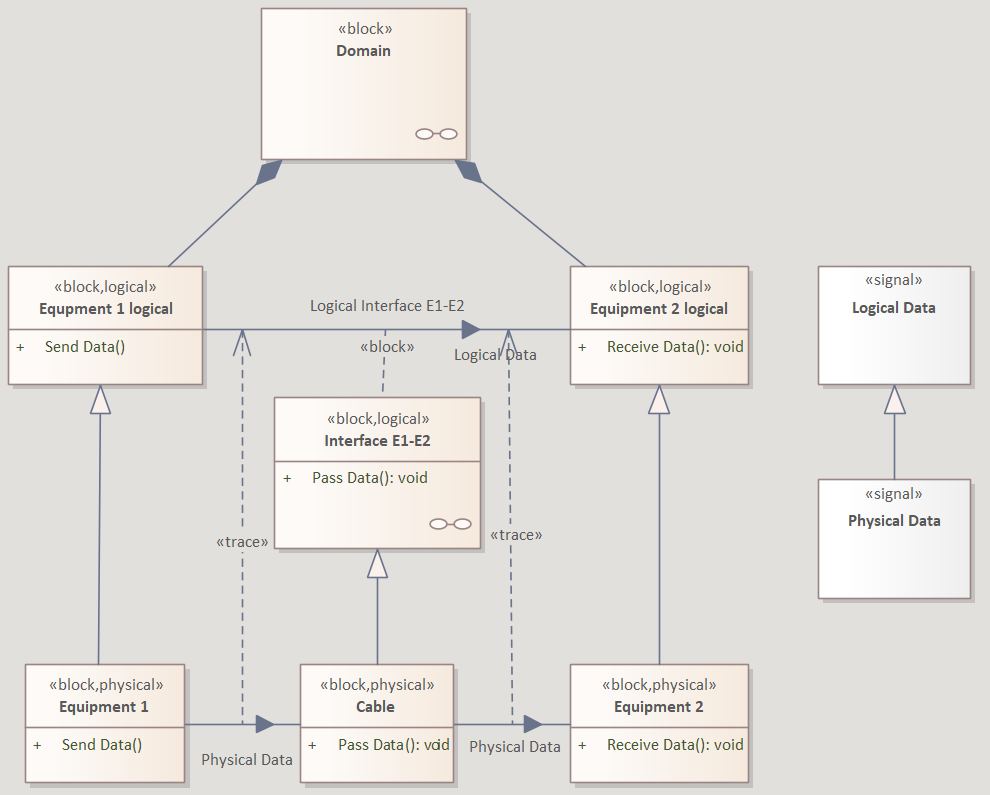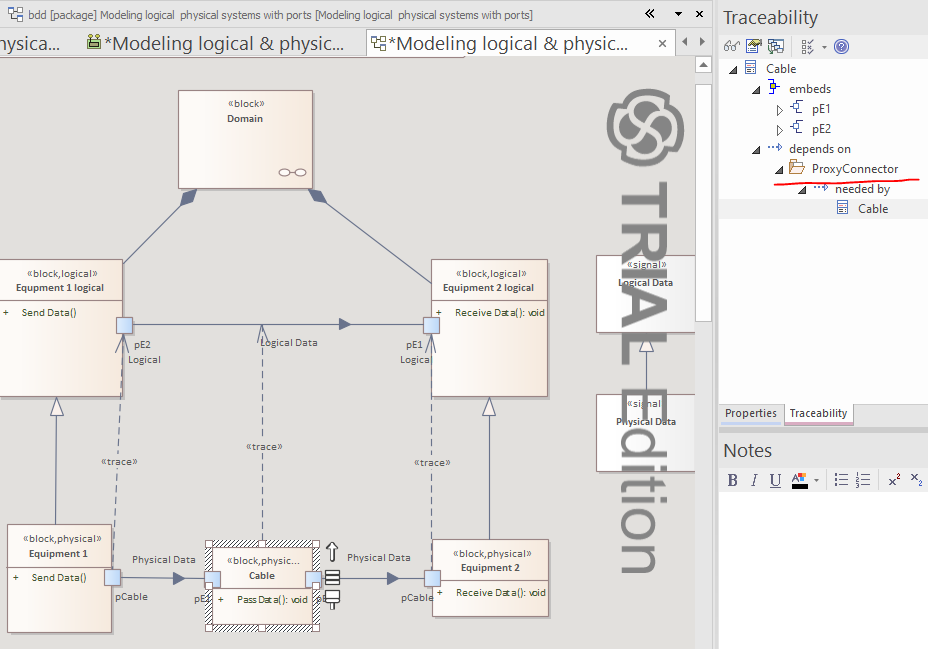1
General Board / Re: MBSE Process
« on: June 17, 2022, 08:24:47 pm »- Hi Takeshi,
Thanks for the reply.
- First, I create context diagrams to define each context e.g., who are related to the system and what are outer systems.
So you create directly part properties on those diagrams for Power Control System and other systems?
Then you connect them with connectors and maybe show items flows?
- Then, find Requirements in each context.
- And I also find Usecases in each context.
Makes sense. In my approach I am trying to use context blocks and then trace all necessary requirements and use cases to this block.
- I will not create context block like you. To describe structures for each context, I will create a BDD and a IBD for each context. In BDDs, Blocks are commonly used (i.e., copy some Blocks in a main BDD by Ctrl+C and paste them onto a context BDD by Ctrl+V). If I want to describe IBD for each context, I will create IBDs under the main Block (in above image, the Power Control System block)
To summarize, I will use diagrams to describe contexts but elements (in this example, Blocks and Actors) in diagrams are commonly used (except Properties in this case - Properties are instanced objects of Blocks).
I assume that IBDs in Context Diagrams show connections of our Power Control System with external systems, and IBDs under Power Control System show internal connections.
Best,
Paweł










 - thanks. I hope that it also will help other readers as well.
- thanks. I hope that it also will help other readers as well.



